Battle to save Test cricket has only just begun
Cricket Australia has defied its chief critic to deliver a summer series but the future of Test matches is under a cloud.
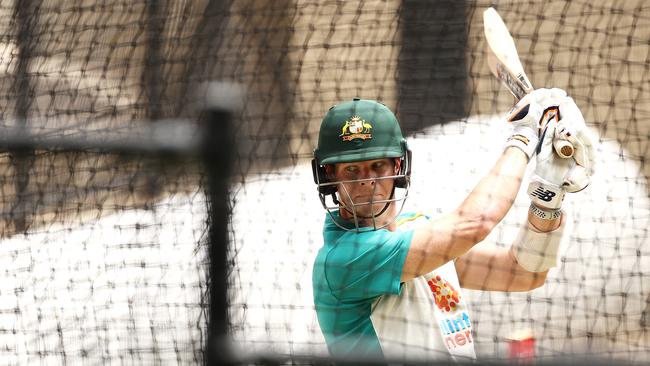
Nothing was inevitable about its taking place; at times this year it looked decidedly evitable, with even Cricket Australia sounding diffident. Remember that? When the cash was running out, and all that would remain at Jolimont was a hole in the ground? Strange days indeed.
Anyway, kudos to the most incompetent sports administration that Seven West Media CEO James Warburton has ever seen, who’ve nonetheless spirited into fortress Australia a team from India, a country that has suffered 10 million cases of COVID-19, more than the UK, Russia, France and Italy combined.
Who have also persuaded that team to play a day-night Test, which the Board of Control for Cricket in India refused two years ago. Who have arrived at a regime to support, control and victual crowds, which England in their home summer and the Indian Premier League in the UAE forewent.
Kudos to those players, support staff and match officials for the Test, A-team, one-day and T20 international squads, which swelled at one stage to around a hundred, who have observed the extensive protocols to the letter without hankering for a late-night kebab let alone a conjugal visit. One dash of Lynsannity could have undermined all that hard work.
Kudos, too, to the male and female domestic players who made possible the early rounds of Sheffield Shield, providing all-important inputs into selection, and the Women’s Big Bash League, providing still-more-important joy and zeal. How many of us would be prepared to enter a biosecure bubble to do our jobs, including sitting our exams?
A lot of operational people whose names we will never know, meanwhile, have played a part in providing sport for our delectation this summer. A fair few of them suffered through the uncertainty of being stood down earlier this year for several months. We owe them a lot. The football codes had only domestic borders to contend with; cricket, sometimes chaotically but ever determinedly, has blazed a trail for other international sports to follow.
So the Border-Gavaskar Trophy, which always looms large, looms larger still, all things considered. To debate Australia’s opening partnership or the composition of India’s attack, to opine about the pitch or rhapsodise Virat Kohli – these feel, perhaps especially to a Victorian, like tremendous freedoms, even luxuries.
Even a few weeks ago, with hard borders in place, it was by no means clear that most media would be doing anything other than watching on television – and media reporting through other media is, quite frankly, a distorting lens too far.
That India’s travelling media have not made it onto the lifeboat, and will be taking at least some of their cues from the ubiquitous Sunil Gavaskar, may yet influence perceptions of events on the subcontinent.
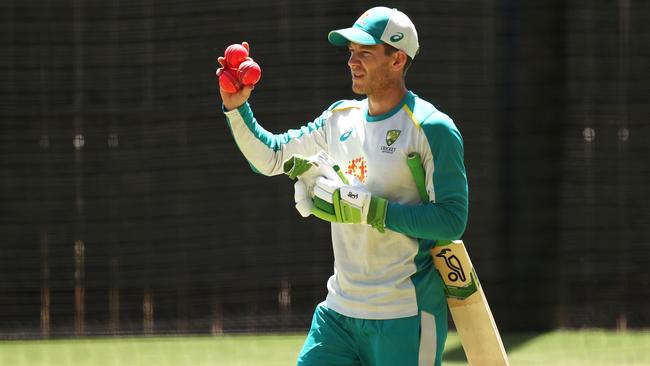
The preliminaries to the Test have been wrapped up in evaluations of that state of grace known as ‘form’. Such evidence as exists is limited. The Australia A fixtures seemed to have served the purpose of allowing the unlucky Joe Burns to play himself to the brink of calculations. Five runs in four innings seemed unambiguous.
But this triggered the Parkinson’s Law of selection – that choosing a team will fill the amount of time available for its completion, especially when a baggy, outsized squad multiplies the options. Earlier Burns had been judged important as David Warner’s partner; now, it seems, he has been judged important as David Warner’s proxy.
Matthew Wade as ersatz opener has at least more to recommend it than Tim Paine, with his heavy existing responsibilities and dodgy finger; it would also allow introduction of Next Ricky Ponting™, aka Cameron Green, to debut at number six, behind the batsmen, rather than seven, ahead of the bowlers.
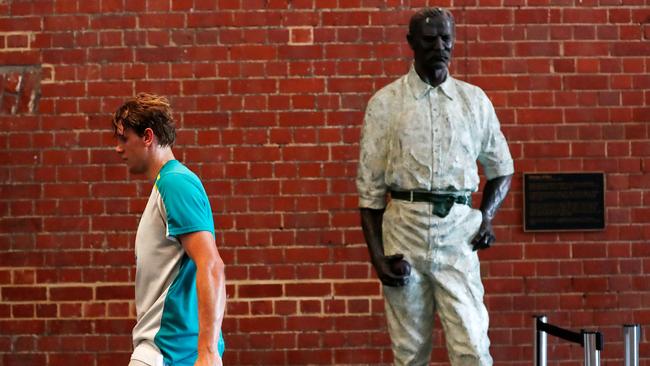
For India, selection is trickier still, not least because of the impending vacancy at number four. Virat Kohli’s tour has only five days to run; it will effectively turn the tables from two years ago, when Australia was handicapped by the enforced absences of Warner and Steve Smith.
Other issues competing for coach Ravi Shastri’s attention include his preferred openers, keeper, third seamer and even first-choice spinner, Ravi Ashwin paying almost 50 for his wickets in Australia.
To defend their hard-won trophy, Shastri can ink in only Cheteshwar Pujara, Ajinkya Rahane, Jasprit Bumrah and Mohammad Shami. For a team bearing such expectation, its ideal combination is disarmingly elusive.
All good grist to the cricket mill, eh? And almost as normal. But there is another reason we should cherish this Test, and about it take nothing for granted, which is that cricket generally has contend so far only with COVID-19’s short-term consequences.
The pandemic has barely begun to ramify. India, the financial engine that hauls cricket along, has entered its first recession in 25 years. South Africa, Australia’s next opponent, has entered its gravest phase since the dissolution of apartheid. England, who tour next summer, incurred losses this year of £100 million.
It’s 12 years since cricket last faced economic times so torrid. The consequences of the Global Financial Crisis included a shake-out in the emerging T20 economy, with the collapse of the Indian Cricket League and Stanford Super Series in addition to the postponement of the Champions League; it heralded also the advent of gaming sponsors who increasingly uglify the game.
We have passed that particular intersection. And, further down the T20 path, Test cricket is increasingly something looked back on. The can might have been kicked down the road a few more years without COVID; options are fast closing instead. Herculean efforts have gone to protecting our four precious Tests of summer. But they cannot cease if the format is to endure.

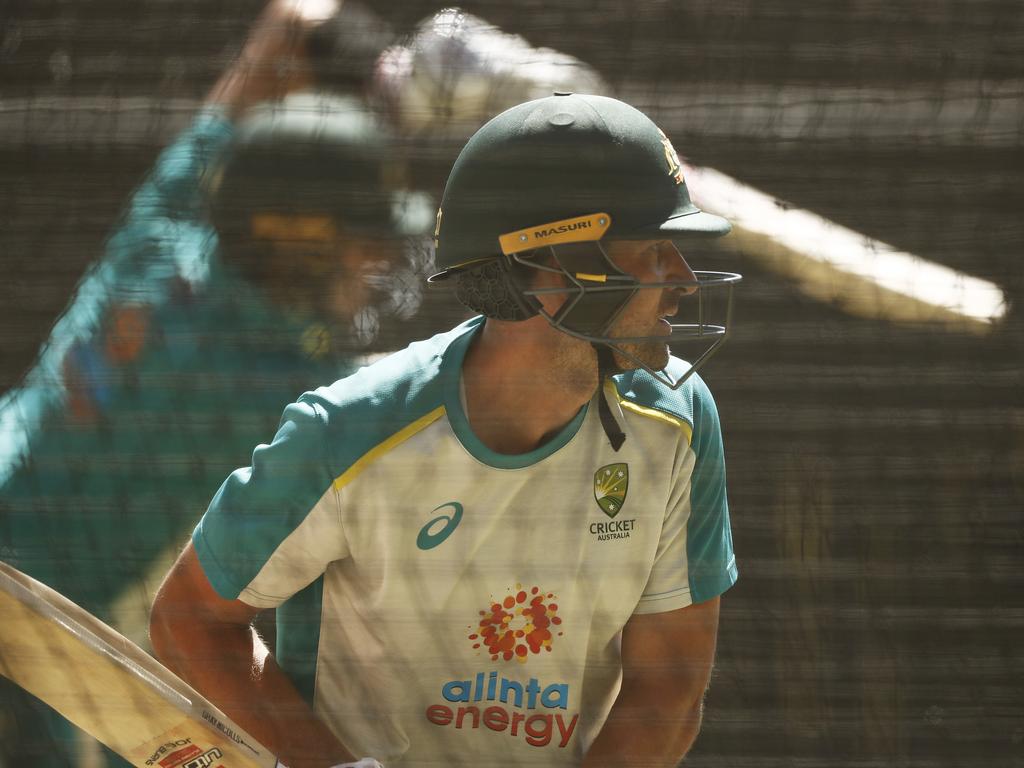
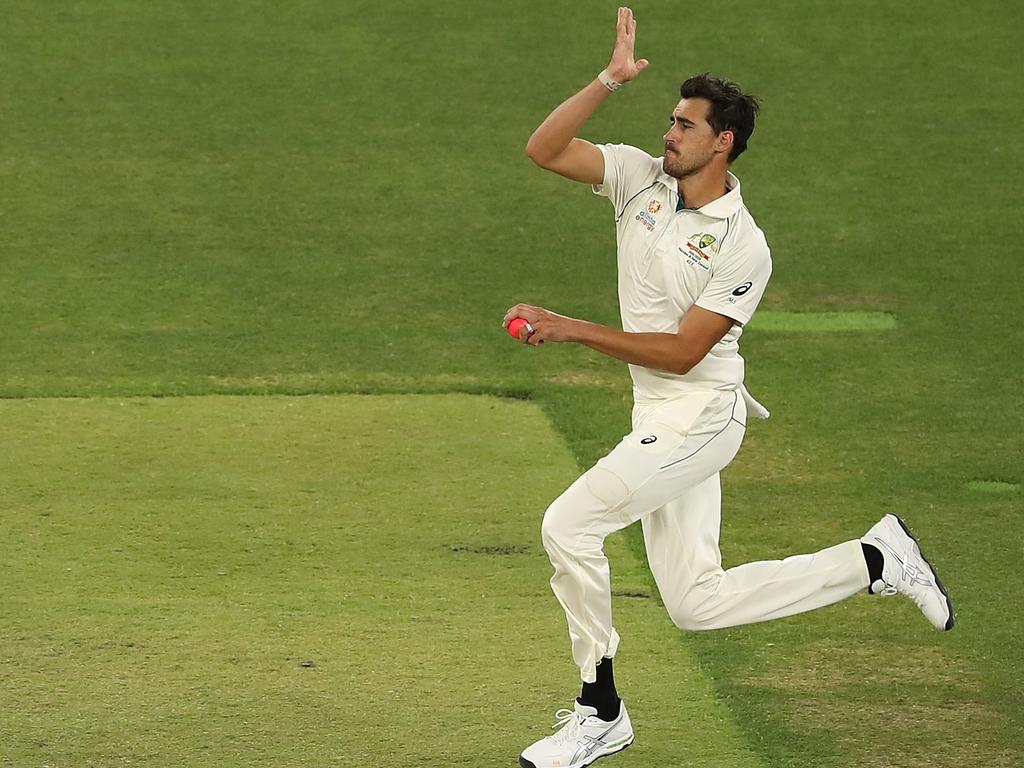




In decades to come, the first Test between Australia and India will appear as any other: two teams meeting over a scheduled five days in an established series at a more-or-less traditional time of year. The scores and stats will be unequal to conveying its significance.